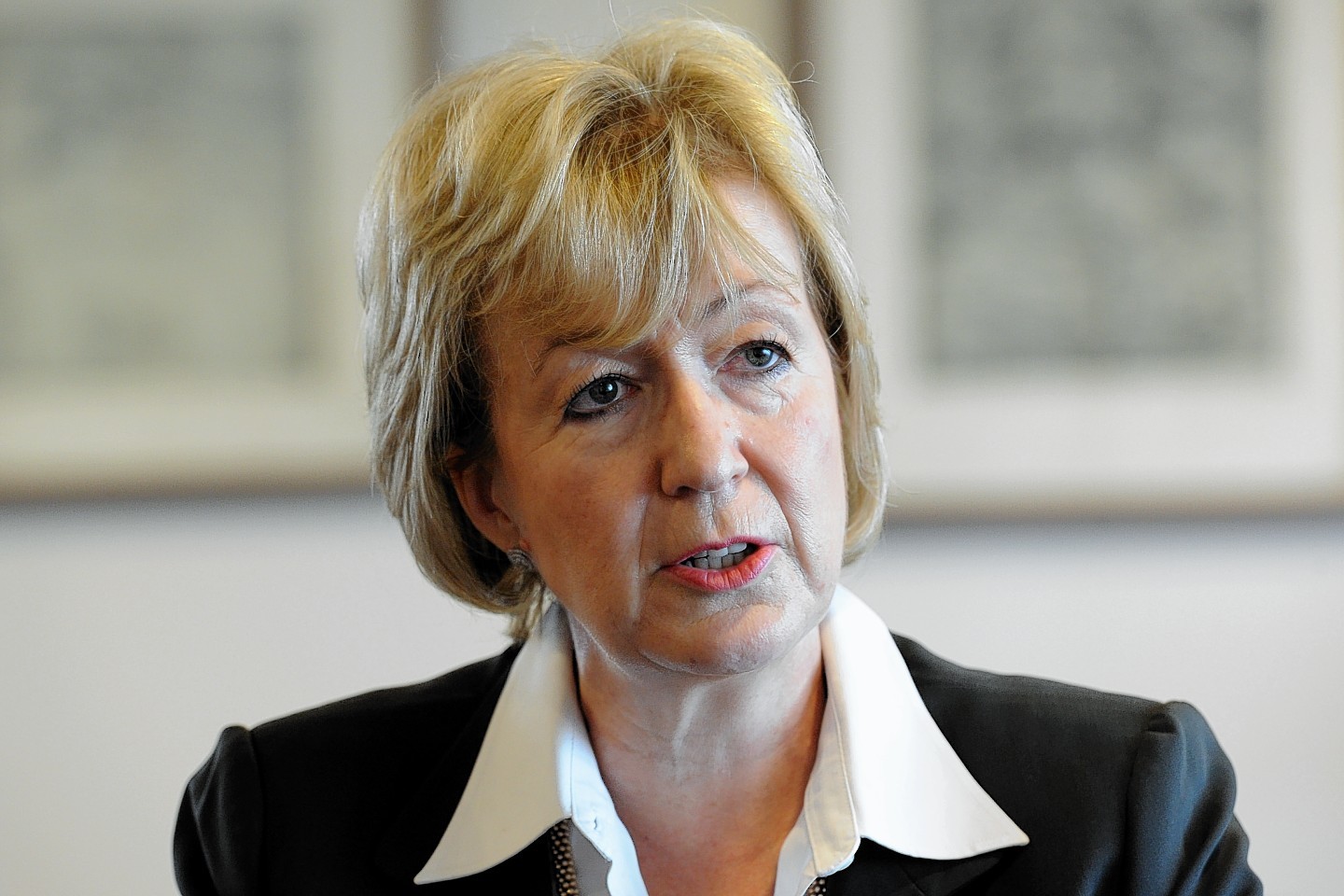Highland MPs have stepped up calls for a national market for electricity distribution as the UK Government was warned it needs a “massive reality check” over its efforts to tackle high prices in northern Scotland.
Ministers were urged to overhaul the system under which consumers pay 2p more per unit – rather than trying to cover a “gaping wound with a sticking plaster”.
The issue came to the fore again yesterday when the Department for Energy and Climate Change (Decc) announced plans to continue the Hydro Benefit Replacement Scheme.
Funded by charges on all licensed suppliers across Great Britain, it is due to provide £57million assistance – around £41 per household – in 2015-16.
In a consultation, open until mid-February, Decc also outlined its intention to maintain the Common Tariff Obligation and Shetland cross-subsidy.
Additionally, it will consult on a project – driven forward by Danny Alexander – to peg the costs paid by consumers to those in the second most expensive region in the UK.
But MPs and campaigners insisted the measures did not go far enough.
Their warnings came just days after the Press and Journal revealed annual electricity bills could soar by more than £200 in the north because of the spiralling cost of new undersea cables.
Di Alexander, chairman of the Highlands and Islands Housing Associations Affordable Warmth Group, said the “so-called subsidies” went “nowhere near to defraying” the extra costs people face.
He also criticised the Government’s method of basing all its calculations on an average UK bill, adding: “It’s not really addressing the problem. The Hydro Benefit Replacement Scheme needs a massive reality check.”
SNP Inverness MP Drew Hendry agreed, branding the charging system for the Highlands and Islands “manifestly unfair”.
He added: “Rather than trying to cover a gaping wound with a sticking plaster, the UK Government should make the changes required.”
His colleague Paul Monaghan, who represents Caithness, Sutherland and Easter Ross, said he was disappointed at the Government’s “attempt to portray” the status quo as “somehow beneficial”.
And Ross, Skye and Lochaber MP Ian Blackford told the P&J he would be writing to energy minister Andrea Leadsom to again highlight the high fuel poverty in the region.
The three SNP MPs have repeatedly called for standard unit pricing to end the “discrimination”.
According to the Government, the Hydro scheme – in place since 2005 and reviewed every three years – ensures overall network charges for the north of Scotland are not the highest in Great Britain because the highest distribution charges are balanced by the lowest transmission costs.
Energy minister Andrea Leadsom said: “It is not right that people face higher electricity costs just because of where they live.
“By proposing to extend our support scheme for people in the north of Scotland we are delivering on our commitment to ensure that we keep bills low for all bill payers, no matter where they live.”
